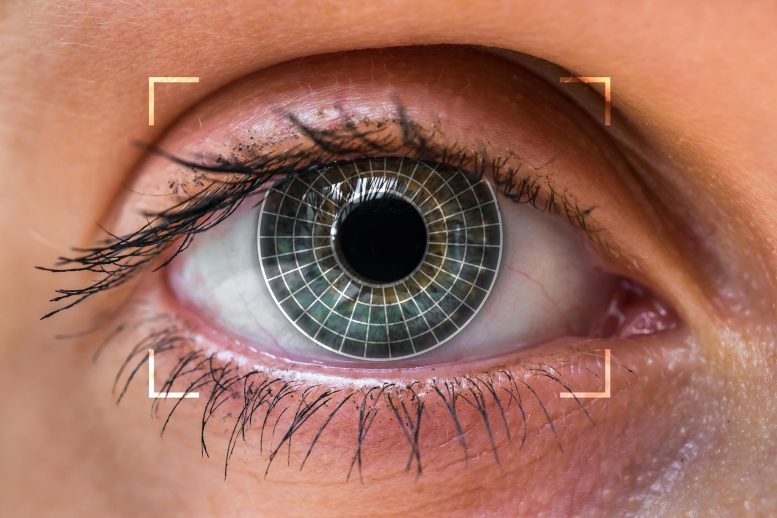
University of Texas at Arlington researchers have linked pupil dilation during concentration to improved working memory performance, providing new insights into cognitive function variations.
Research from UT Arlington indicates a link between eye sensitivity and enhanced working memory.
Working memory is a cognitive skill that functions as part of the brain’s executive capabilities, enabling people to manage and manipulate information while staying focused on their tasks.
In the short term, working memory allows the brain to complete an immediate task, like loading the dishwasher. Long term, it helps the brain decide what to store for future use, such as whether more dishwasher soap will be needed.
University of Texas at Arlington researchers know that working memory varies greatly among individuals, but they aren’t sure exactly why. To better understand, Matthew Robison, assistant professor of psychology, and doctoral student Lauren D. Garner conducted an experiment to see if studying a person’s pupils (the centers of their eyes) was a good indicator of working memory.
Study Methodology and Findings
Normally, a person’s pupils naturally widen (or dilate) in low-light environments to allow more light into the eye. However, in their new study published in the peer-reviewed journal Attention, Perception & Psychophysics, the researchers reported that a person’s pupils also dilate when they are concentrating on tasks. In particular, they found that the more a person’s eyes dilated during the task, the better they did on tests measuring their working memory.
“What we found was that the lowest performers on the tasks showed less pupil dilation,” Robison said. “For the highest-performing participants, their pupil dilations were both larger overall and the individuals were more discerning about the information they were asked to recall.”
Experimental Procedure and Results
For the study, he and Garner recruited 179 undergraduate students at UT Arlington. Participants completed several working memory tasks where they were presented with information and then asked to remember it for a few seconds. During the tasks, participants had their pupils continuously measured using an eye-tracker, similar to what optometrists use during eye exams.
“We found that people who more intensely and consistently paid attention, as measured by their pupils being dilated more, performed better on the memory tasks,” said Robison. “Importantly, we found high performers also showed more pupil sensitivity compared to low-performing participants. This is exciting research because it adds another valuable piece of the puzzle to our understanding of why working memory varies between individuals.”
Reference: “Pupillary correlates of individual differences in n-back task performance” by Matthew K. Robison, and Lauren D. Garner, 7 February 2024, Attention, Perception, & Psychophysics.
DOI: 10.3758/s13414-024-02853-2
The study was funded by the U.S. Naval Research Laboratory and the U.S. Army Research Institute of Environmental Medicine.











Be the first to comment on "Unlocking Brain Secrets: Scientists Discover Link Between Pupil Size and Working Memory"